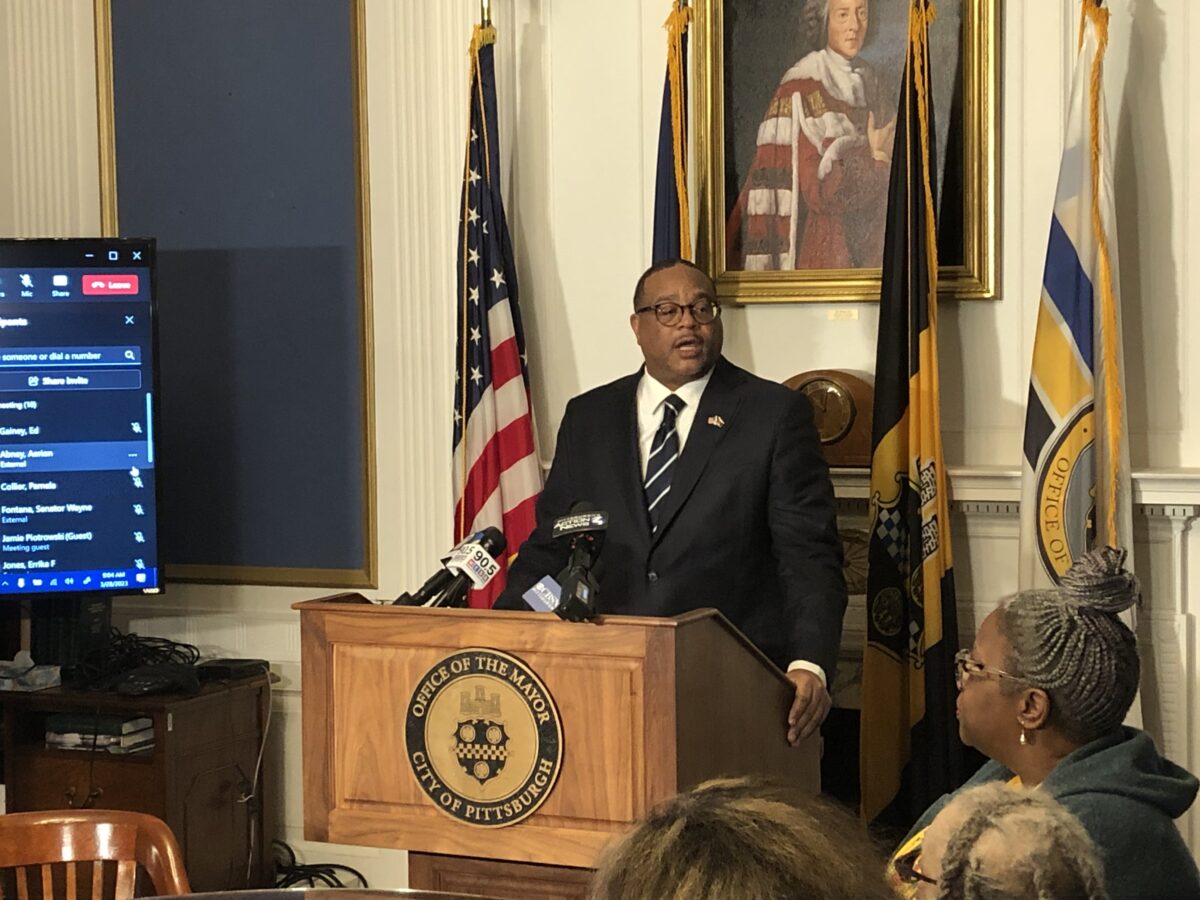The Gainey administration is seeking to turbocharge programs for developing affordable housing in Pittsburgh, with tens of millions of dollars in new funding likely coming online later this year or in early 2024.
Board members at the city’s Urban Redevelopment Authority voted last Thursday to issue up to $42 million in bonds, fulfilling a call that such an investment could help provide more affordable housing to residents. City Council will next week consider a proposal to have the city cover the bond’s $2.5 million in annual interest over the next 25 years.
Kyle Chintalapalli, the city’s top economic development official, declined to discuss in detail how the funds should or will be spent. He told the Union Progress that the goal is to spend the entire bond amount within three years in a way that would be “complementary” to the Housing Opportunity Fund, which began receiving $10 million each year under the Peduto administration.
“To help with expediency, I think we would consider looking at how we can utilize and leverage existing programs to push the funds out, rather than standing up wholly new programs,” he said.
Chintalapalli said there will be a public process to determine how the money will be spent, while adding city officials are “mindful” they “need to proceed with some kind of deliberate speed and pace.”
The HOF provides loans and grants for construction or preservation of housing, renovation of owner-occupied housing, and short-term support for renters and homeowners. Quianna Wasler, the URA’s top housing official, told the Union Progress that some programs are “underfunded and could use some additional assistance.”
Pittsburgh faces a shortfall of tens of thousands of affordable housing units, according to a 2016 study, and the need is especially “severe” among housing that’s affordable to the bottom quarter of wage-earners. But it can be difficult to assemble the funding needed to build affordable housing, with a dizzying amount of paperwork often required to carefully construct a stack of mortgage debt, short-term loans and tax credits to get a project off the ground.
Chintalapalli said the city has been able to make progress with the initiatives it already has in place, and the bond issue would allow for “more tools to bring to the table so we can be responsive to what deals need.”
The investment’s full size is likely to be more than the bond face value. Chintalapalli said the city would use some of the money for a “revolving” loan program, where new loans can be issued after the first ones are paid back, though it’s too early to say how many times money would cycle in and then out again.
The city could also partner with the housing authority, whose development arm Allies & Ross had about $110 million in unrestricted cash on hand at the start of last year, according to financial documents obtained by the Union Progress. The housing authority didn’t respond to a request for comment.
Wasler said there haven’t yet been any detailed discussions, but coordinating with the housing authority will be part of future “robust” conversations about how the bond money will be spent. She added that each party’s funds “can leverage each other.”
Other governments around the country are also looking toward multimillion-dollar bonds as a way to generate cash needed for more affordable housing.
Maryland’s Montgomery County, home to a million people right outside the nation’s capital, issued $100 million in bonds and expects to build just under 9,000 housing units. Like in Pittsburgh, the local government agreed to pay the annual bond interest.
Hans Riemer, who helped launch the initiative as a member of Montgomery County Council, told the Union Progress that the bond issue was targeted to produce more mixed-income public housing by providing cheap construction loans to the local housing authority.
“Construction loans are very expensive. The market rate for a construction loan is quite high — probably one of the highest interest rates that a housing provider will have to deal with,” he said. “We were solving a specific problem for them, which is access to low-cost capital for the expensive part of the equation.”
Riemer added that the fund is structured to be “revolving,” meaning new loans can be issued after the first ones are paid back. He said other places might choose to put bond money toward a mix of both grants and loans.
“They can structure some of it so that it’s repaid, or they can structure it all so that it’s repaid,” he said. “The repayment horizon is a long one, potentially. Or they can do it the way that we did it, where it’s a construction loan fund and then the payment horizon is quite short.”
Andrew Friedson, the current vice president of Montgomery County Council, told the Union Progress that the first housing fund went over so well that a new one with $50 million is being spun up to provide similar loans to nonprofit developers for purchases of existing affordable housing units.
“I think the biggest thing here is being creative about addressing our housing needs,” he said. “Making sure that we recognize that we’re in a crisis in order to address it.”
Jon, a copy editor and reporter at the Pittsburgh Post-Gazette, is currently on strike and working as a co-editor of the Pittsburgh Union Progress. Reach him at jmoss@unionprogress.com.


